We have an Impact on Ecosystems, but Not in a Good Way
Ecosystems are biological communities which consist of many organisms interacting in a specific...

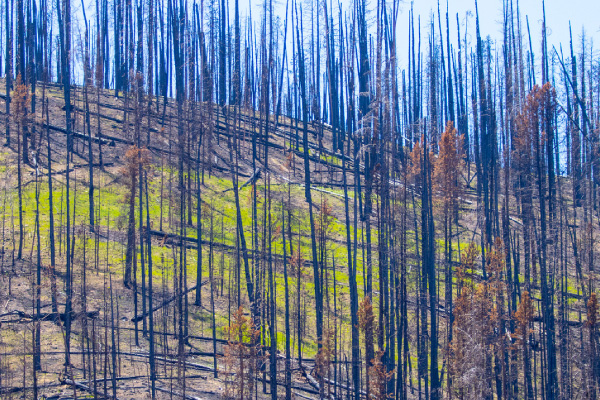
Fire has been a common natural event in history, even before humans. Lightning historically ignited fires on the grasslands and in the forests around the world. Many plants and animals have adapted, through millions of years, to surviving those fires. Fires tended to burn a patchwork across the landscape and, for the most part, they may not have burned with the severity that we see today.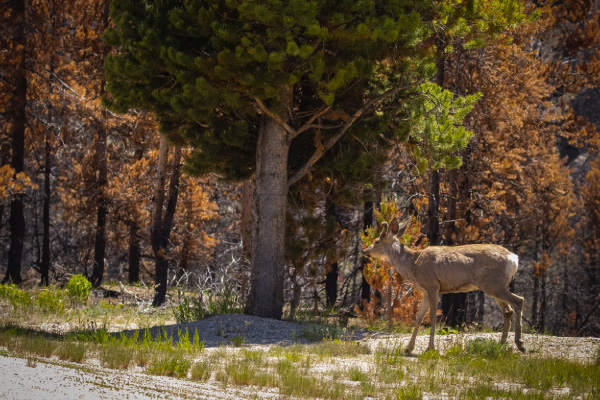
Many animals will return to areas within the first year after a fire. There will be many areas with lush grasses to feed on.
Many early-day journals, diaries, and memoirs of people traveling across the west in the 1800’s had firsthand accounts and experiences with prairie and forest fires. Many coming into Colorado reported they could not see the Rockies, due to smoke from forest fires. Fires were being ignited by settlers and by the coal fired locomotives that were working their way into the Rockies.
Native Americans, pioneers, and early farmers and ranchers had a knowledge of fire and animal behavior that has been lost. Native Americans actually used fire to improve food supplies. Ranchers, farmers, and loggers favored fires because it improved land conditions even though humans had a limited understanding of the ecological role of fire.
Today, an estimated 85 percent of wildland fires in the United States are caused by humans. Human-caused fires result from campfires left unattended, the burning of debris, equipment use and malfunctions, negligently discarded cigarettes, fireworks, sparks from firearms, and intentional acts of arson.
Where people and property are threatened, all efforts are made to extinguish the fire. In some locations, such as large national parks, wilderness areas, and forests, and where the wildfire is started by lightning, a natural fire may be permitted to burn its course to benefit the ecosystem. In these cases, natural barriers may contain a fire to within a specific area.
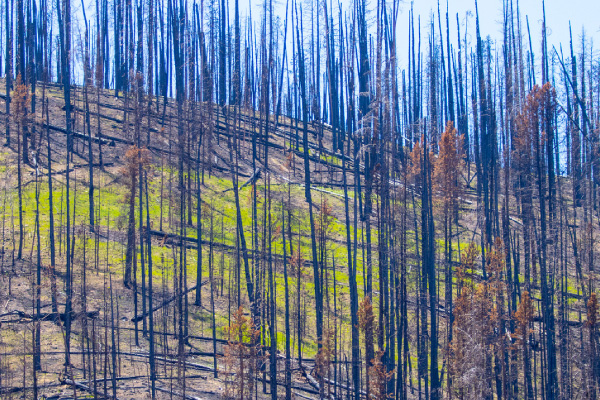 Lush grasses will often return in the first year after a wildland fire.
Lush grasses will often return in the first year after a wildland fire.
By more fully understanding wildfire, managers can better plan for potential desirable and undesirable effects of wildfires. Although managers can be prepared, they cannot predict when or where fires are going to occur.
Some major fires in the early 1900’s convinced the government and the public that many of those fires could have been prevented with enough firefighters and equipment. They developed a philosophy that only total fire suppression could prevent fires from occurring again.
The government agencies got really good at suppressing fires, maybe too good. Fires were suppressed so much that the forests were no longer a patchwork of growth, they were continuous. In addition, increases in temperature and decreases in precipitation, due to climate change, has increased the number and the severity of fires.
In 1944 the War Advertising Council and the U.S. Forest Service dreamed up Smokey the Bear in a ranger’s hat and dungarees, believing that fire on the home front could distract from the war effort.
Smokey the Bear had a huge impact on the idea that “Only you can prevent forest fires.” He may have been too good at it. Those protected areas were now storing fuels and those forests became more susceptible to really dangerous wildfires.
In the 1960s, scientific research began to demonstrate that fire played a positive role in forest ecology. This led to a change in Forest Service policy. Many natural-caused fires were allowed to burn in designated wilderness areas where people and property had little chance of being harmed. Many fires are intentionally started as prescribed burns to develop a patch work of forest that historically existed.
When fires do occur, how does the ecosystem recover?
Many plants will survive wildfire. Forest fires usually do not completely burn an area. Patches of trees, grasses and shrubs are left behind as fire burns around and over some areas. Some fires only burn through the understory and do not burn the trees. Different types of plants may survive in each of those areas.
Some plants like sagebrush, are often killed by fires and may not return to an area for years. Many trees, however, are fire resistant. Large, mature trees have thick bark that can be fire resistant. Fire may scorch needles of conifers, but not kill the tree. The needles may return the next growing season.
Many conifers have “serotinous” cones, cone scales that are naturally sealed shut with resin. These cones may hang on a tree for many years. Fire melts the resin, the cones open up, and release the seeds.
Some trees have self-pruning branches. Lower branches die off and when fires move through the understory the top or crown of the tree is not involved in the fire.
Some trees like willows and aspen may be decimated, but their undamaged roots will still be able to regenerate soon after the fire.
Seeds of many plants will not burn, and some will survive if they are on or mixed in the soil or buried under forest litter as the fire passes over. That will allow them to germinate when conditions allow it. Fires also produce ash which has high levels of nutrients that benefits plant growth.
After fires, rain results in mudslides that are exacerbated by the fire-hardened soil, and steep slopes. Reseeding by different agencies and the public can be difficult and cause changes to the ecosystems.
How do the animals survive?
Animals with limited mobility, such as young, are more vulnerable to injury and mortality than larger, mature animals.
Most birds have the ability to fly away from a blaze. The terrain is not an impediment and that allows them to move in any direction to escape. Turkeys and other birds that cannot fly far, may find shelter in islands of growth that do not burn. Areas along rivers, ponds, and lakes may also provide shelter. There is concern that smoke from fires may have an impact on birds.
Many small animals like rodents and reptiles find protection in underground burrows. Large dead wood can provide shelter for many small mammals. Animals may also move into areas with water.
Midsize mammals like skunks, raccoons, and slower moving large mammals like bears may suffer greater loss than other species since they cannot outrun a fire. They may find shelter in rockpiles and cavities in trees, logs, or caves.
Larger mammals like deer, elk, and moose probably have enough speed and endurance to outrun a fire, although with the recent fires burning hotter and moving much more rapidly, the impact may be more severe than in the past.
Many biologists believe that animals seem to know where to go to seek protection. Animals that know their home ranges may know the best ways to get out of harm’s way. They may find refuge near or in ponds, lakes, and rivers. Some move up to alpine tundra. Others move into large open meadows where the fire severity is lower.
Many studies show a reorganization of animal communities in response to fire, with increased populations in some species accompanied by decreases in others. Fires affect animals that survive mainly in the ways the habitat is altered. In fact, many species thrive because of fire’s influence. Fire may remove old growth and open more meadows that increases food supply for many species.
Many animals will return to areas within the first year after a fire. There will be many areas with lush grasses to feed on.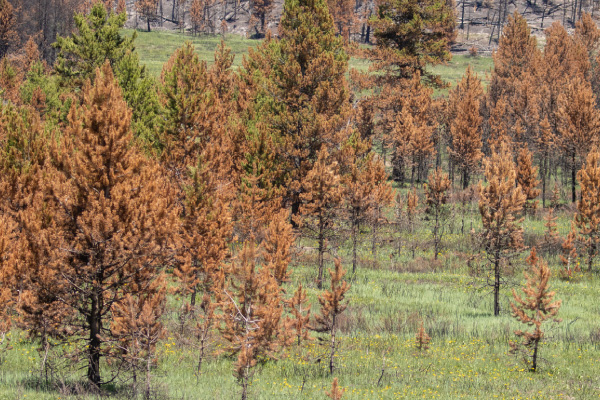
Forest fires usually do not completely burn an area. Patches of trees, grasses and shrubs are left behind as fire burns around and over some areas.
How are animals rehabilitated when injured by fire?
Firefighters and homeowners in areas impacted by fire will often come across animals that were injured in the fires and take them to recovery centers.
The strategy is to treat the whole animal, not just the burns. Fluids are administered for dehydration, and food provided, as injuries may prohibit the animal from getting to their natural food sources. A number of projects share expertise and ideas on the best way to help injured wildlife. They often employ clever strategies and innovative treatments.
The intent of the recovery centers it to return the animal to the wild landscape.
The Wildland Urban Interface (WUI) is increasing dramatically as people move into the landscape where they like to recreate and where they can enjoy the natural world around them. It is easier than ever to enjoy living in these areas due to advancements in many forms of technology, home comforts, and transportation improvements.
With that comes a responsibility to not be one of those that causes 85% of the annual wildfires in the US. Some research has found that human-sparked fires spread more than twice as fast as lightning-induced fires and cause significantly more damage.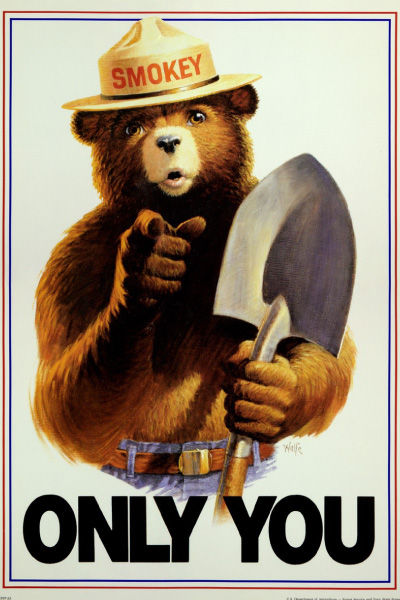
Smokey the Bear had a huge impact on the idea that “Only you can prevent forest fires.”
What can you do?
Check out the Eagle County website for more information.
Smokey the Bear was partially correct. Only you can prevent man caused wildfires!

Rick Spitzer is the author of the article and official photographer for Eagle County Community Wildlife Roundtable.
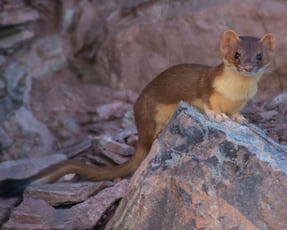

Ecosystems are biological communities which consist of many organisms interacting in a specific...
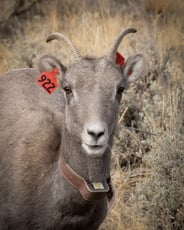

*Text and Photos by Rick SpitzerTis the season to give thanks and be mindful of our changing...